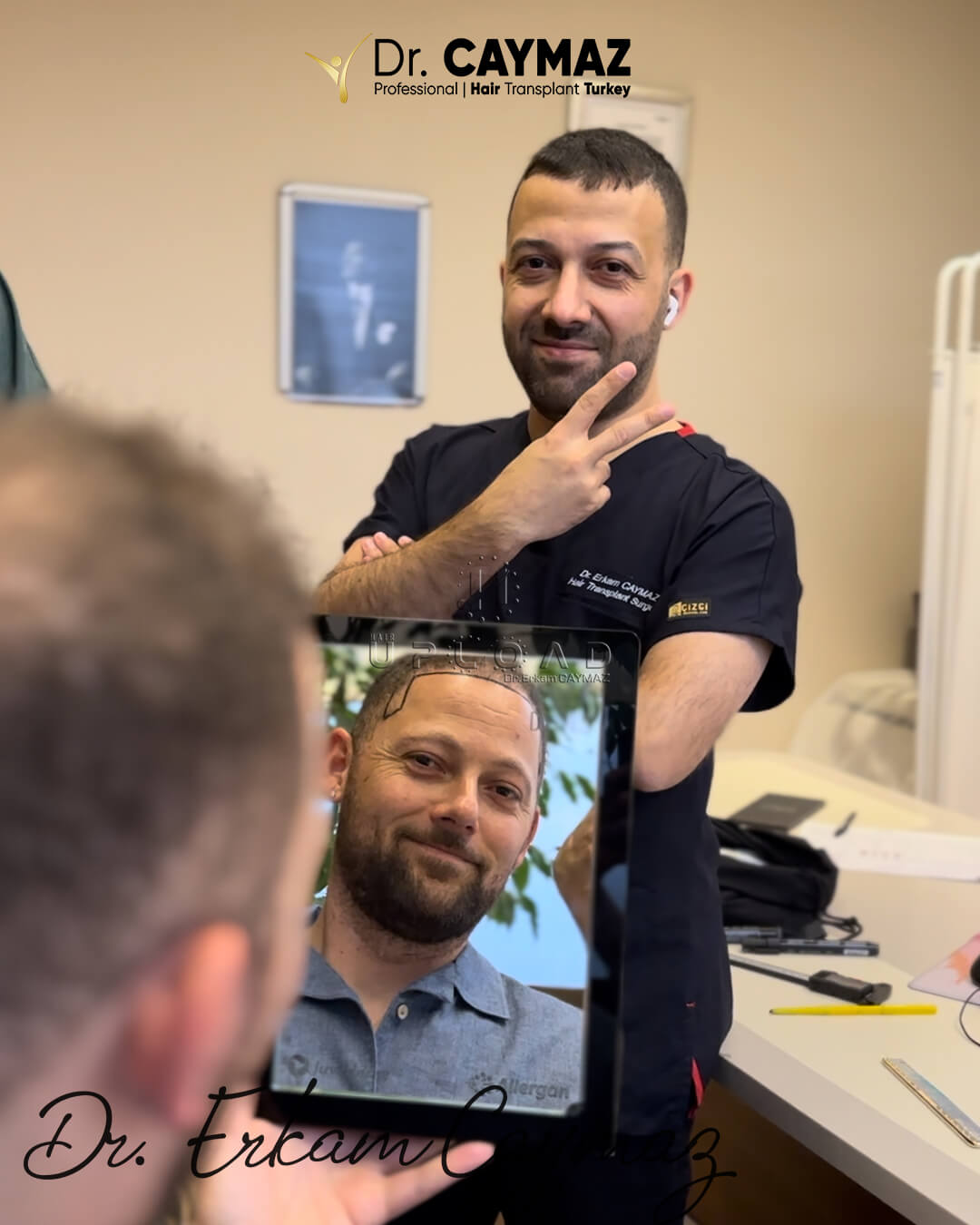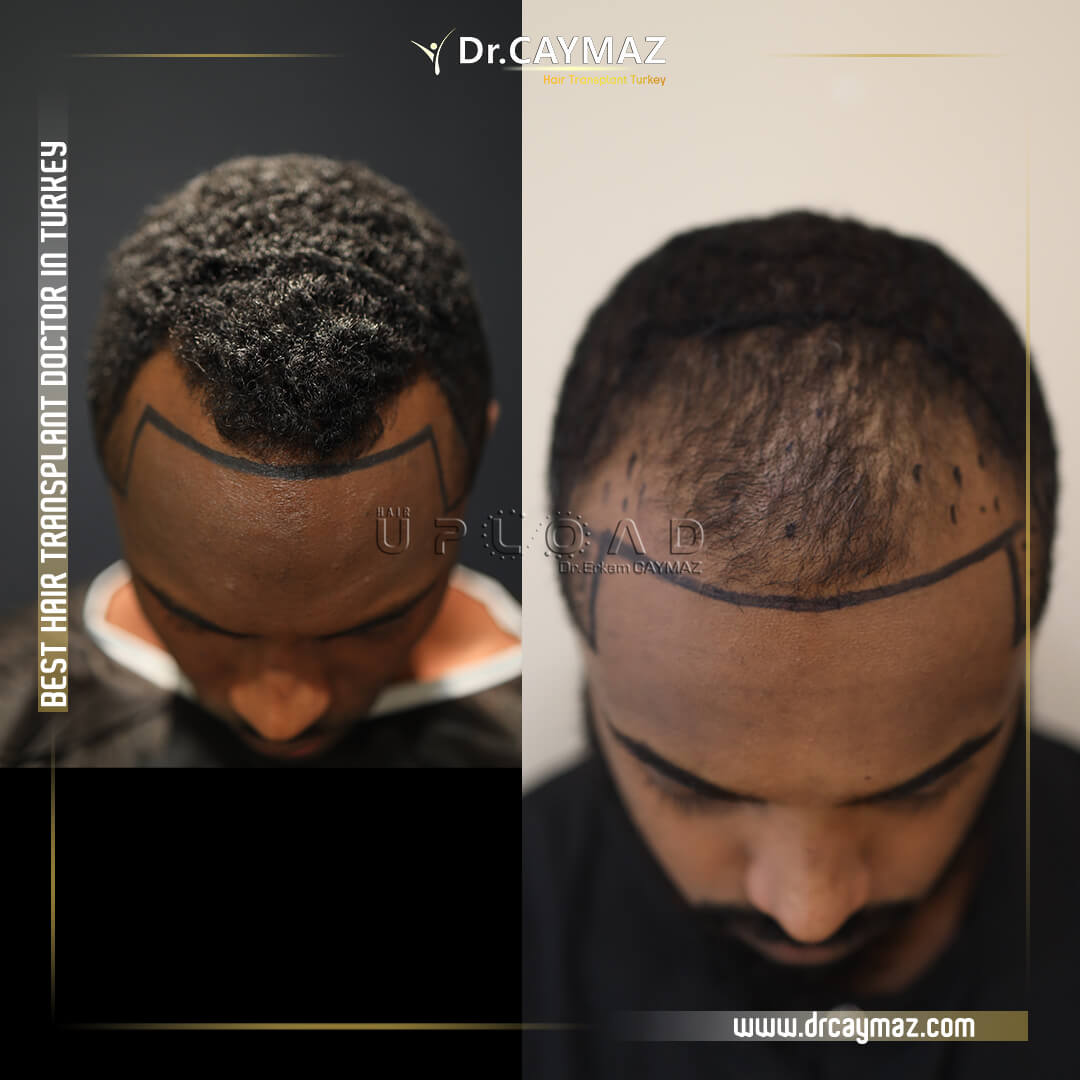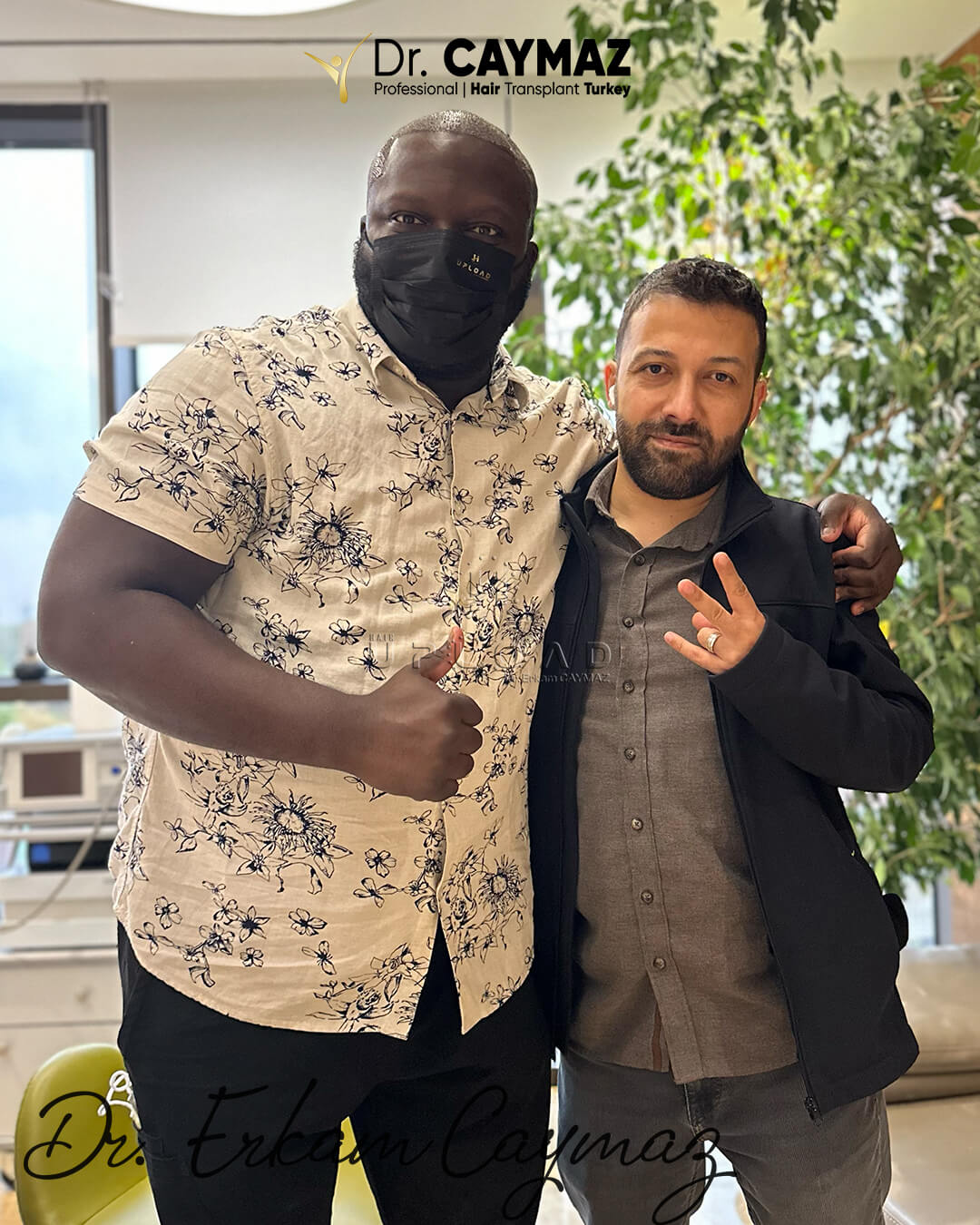In recent years, there has been a growing trend in hair transplantation to achieve natural-looking hairlines and density. Patients seeking hair restoration procedures are increasingly looking for results that are both natural and aesthetically pleasing. This shift in preference underscores the importance of not only restoring lost hair, but also ensuring that the result blends seamlessly with one’s overall appearance.
Why Natural-Looking Results Matter
The desire for natural-looking hair transplant results stems from the recognition that the appearance of one’s hair contributes significantly to overall attractiveness and self-confidence. Unlike in the past, when hair transplants may have been associated with obvious, pluggy-looking results, modern techniques emphasize subtlety and artistry. Patients want their restored hairline to complement their facial features without drawing attention to the fact that they’ve had a transplant.
Techniques for Achieving Naturalness
Achieving natural-looking hairlines and density requires the use of sophisticated techniques that mimic the pattern and direction of natural hair growth. Two key approaches have proven to be particularly effective:
- Direct Hair Transplantation (DHI): This technique involves transplanting individual hair follicles, or follicular units, one at a time. By carefully placing each follicular unit in a manner that mirrors the natural angle and orientation of the patient’s existing hair, surgeons can create a seamlessly blended result. Also include FUE.
- Microscopic Follicular Unit Extraction (FUE): FUE is another method favored for its ability to provide natural-looking results. In this technique, individual follicular units are extracted directly from the donor area using tiny punches, typically 0.6 mm to 1.0 mm in diameter. The use of small, precise instruments minimizes trauma to the scalp and allows the grafts to be extracted in their natural groupings. These grafts are then carefully implanted into the recipient area to ensure that the distribution and density of the transplanted hair closely resembles that of natural hair. Sharp blades are used to make the incisions. Most using techniques also in this hair transplantation.
Hair density plays a critical role in the success of hair transplantation as it directly affects the overall aesthetic outcome and patient satisfaction. Adequate hair density is essential to achieve a natural-looking result that blends seamlessly with the patient’s existing hair. Without sufficient density, transplanted hair may appear sparse or thin, detracting from the desired aesthetic enhancement. Patients typically seek hair transplantation to restore not only lost hair, but also the fullness and thickness associated with a youthful appearance. Therefore, ensuring adequate density in the recipient area is paramount to achieving results that meet the patient’s expectations and enhance their self-esteem.
In addition, hair density affects the coverage and camouflage of the scalp, especially in cases of advanced hair loss or pattern baldness. Higher hair density allows for better scalp coverage, reducing the visibility of any remaining bald patches or thinning areas. This improved coverage contributes to a more uniform and natural appearance, increasing patient confidence and satisfaction with the results of the procedure. By prioritizing hair density in the transplant design and execution process, surgeons can optimize the cosmetic outcome, ultimately leading to greater patient satisfaction and a successful hair restoration experience.
The importance of customization
A key principle in achieving natural-looking results is customization. Each patient’s hairline, hair density, and facial features are unique, and the transplant plan should be tailored accordingly. Factors such as hair texture, color, and facial shape are carefully considered during the design phase to ensure that the final result is authentic and complements the individual’s overall appearance.
In conclusion, the trend toward natural-looking hairlines and density reflects a shift toward more refined and patient-centered approaches to hair transplantation. By utilizing advanced techniques and prioritizing customization, surgeons can achieve results that not only restore lost hair, but also enhance the patient’s natural features. As the field continues to evolve, achieving naturalness in hair restoration will remain a cornerstone of successful outcomes.






